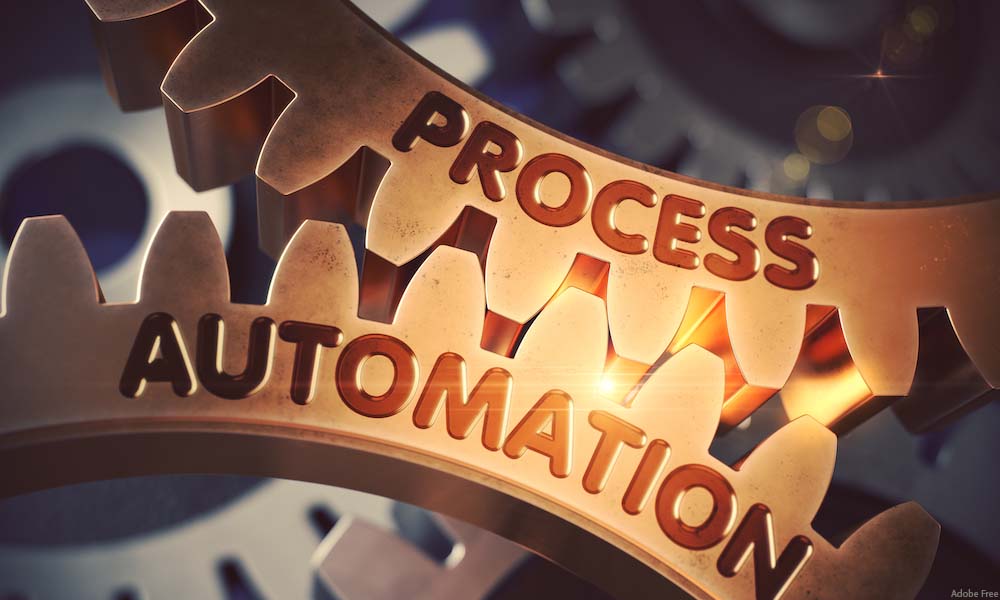Innovation
Improving Manufacturing Production Quality With High-End Technologies

Manufacturing processes are forever transforming, leading to a remarkable surge in productivity. The gap between SMEs and startups and their larger, wealthier organizations is closing due to affordable technology.
Competition in the manufacturing sector has never been so good, and consumers are reaping the benefits of better products for lower prices.
However, the challenge to improve manufacturing production quality is everpresent. For example, unexpected issues such as production defects are the core reason for lower efficiency.
To fix ad hoc issues, companies will allocate time, money, and other resources ordinarily allocated elsewhere in the production process.
Corporations using innovative quality control methods to improve their products and services and grow their businesses are seeing higher productivity.
However, there is no one-size-fits-all with new tech. Businesses in electronics, food production, textiles, and large-format printing must develop strategies to improve manufacturing processes and ensure that their end product is top quality.
Ways to Improve Manufacturing Efficiency
Technology transformation has become vital in manufacturing processes. Companies keen to adopt new systems that will use Industry 4.0 tech first review their manufacturing process to ensure it is ready for automation and AI, including:
- Workflow analysis
- Training
- Goals
- Production review
Step 1. Examine your current workflow
A quick guide on how to do a self-audit of your production process may include answers to the following questions:
- What’s the optimum quality you want to achieve?
- What are the costs you pay to deal with the current quality issues?
- How much are you willing to pay in the future?
Step 2: Train your staff
The human role is essential in manufacturing, even with automation. For companies going through digital transformation, it’s critical to devote time to training.
What is your current training regime, and how will that change with new technologies?
Make sure communication is at the forefront of training. Regular team meetings allow for reviews and follow-ups on your production processes and developing your technology-driven initiatives.
Meetings can also happen remotely using video conferencing. Communication ensures your employees stay up-to-date and on track. Plus, regular technology refresher courses teach staff how features can be used throughout the production procedure for maximum efficiency.
Stage 3: Set targets for productivity and quality
If goal setting is new to you, use the SMART goals methodology. Set targets to improve quality and efficiency, e.g., cut down time, energy consumption, and labor and material costs.
Keep your eye on how things are going and what progress is being made to reduce costs. However, while spending less is welcomed, output quality must be high and consistent.
Technology Adoption
What are the benefits of adopting technology in production?
Using automation to facilitate workflows
You may wonder why and how each modern office strives to automate as much of its workflow as possible. Well, there isn’t an entrepreneur these days who doesn’t want to:
- Increase business productivity
- Reduce labor cost
- Minimize the margin of error
The aim of most commercial enterprises is to continually reduce costs and improve sales. Automation has been a game-changer in manufacturing.
Types of Automation
Different types of automation in product production exist: fixed, programmable, and flexible.
See here for a detailed description of each type of automation.
Reduce excess energy waste.
Efficiency in your production business will improve profit and minimize the use of additional resources. Automated programmable logic controllers (PLCs) measure and review different parameters to optimize your workflow by cutting operational costs.
Smart devices can now simultaneously send reports to PLCs. This enables the controllers to monitor and analyze large amounts of data for regular inspection and industrial performance. PLCs and cloud solutions work together to provide a broader understanding and implement a more successful production process.
Bringing the workers together
Let’s say you have a sales team roaming nationwide to promote your items. They may miss out on making essential sales if they don’t know:
- The available stock quantity
- A customer’s order history
- The processing time for a product
Investing in innovative programs will connect team members worldwide and unite your workspace. They’ll also have full access to business-related information that may be useful.
Increasing productivity
The average worker wastes 51% of the workday on mundane chores. The right technology keeps your business’s data and workflow organized. Staff can swiftly find what they require and return to their priority tasks.
Business owners may spend less time organizing their warehouses using technology. Employees may access real-time stock data, use digital checklists, and navigate the warehouse quickly.
Improving product quality testing
Errors by humans, machine breakdowns, and poorly-implemented design changes can all cause recalls and a repeat of the production process. In such moments, producers must either take time to fix the error or discard it.
However, advanced technologies have enhanced quality control. Manual inspections are more expensive and less accurate than cloud-based quality management system software and robots that inspect products for defects. They simplify data management by serving as a single high-quality database with standard operating procedures.
Identifying threats
Analyzing data from a digital manufacturing process exposes areas for improvement and optimization. For example, keeping the inventory updated, minimizing waste, and forecasting demand can all benefit from predictive analytics.
B2B purchase habits have shifted due to technological advancements. Today’s consumer encounters are processed digitally through smartphones, social media, eCommerce sites, or automation. Analyzing this data allows you to create client profiles and know their preferences. Revenue increases as a result and customer relationship performance increases.
Reducing expenses and downtime
Tracking how machines work and predicting when and why they malfunction helps prevent your workflow from grinding to a halt. Smart sensors identify the reason right away and provide you with immediate feedback. Manufacturers can also reduce maintenance costs by identifying reasons for the delays, such as human error or defective machines.
End of the Line
Incorporating technology into the fabrication process has made data extraction simpler. This allows for real-time data analysis and projection of performance and efficiency trends. Current production processes monitor, change, and improve the energy-intensive sectors to reduce energy consumption and meet green standards.
Intelligent devices aren’t just used in physical manufacturing, though. They’re also vital for rendering the packaging and shipping procedures more efficient. Manufacturers may view real-time data from the assembly line, and the product can be tracked to distribution centers.
New technologies boost efficiency, productivity, and profit for your company. You gain better control over the accuracy of the components used in the manufacturing process, resulting in more consistent results.
By automating procedures, you decrease the risk of errors. The collected data is kept on a system that can be audited and retrieved more quickly. As quality and efficiency improvements and downtime are reduced, resources can be reallocated to other aspects of the workflow to support growth.









